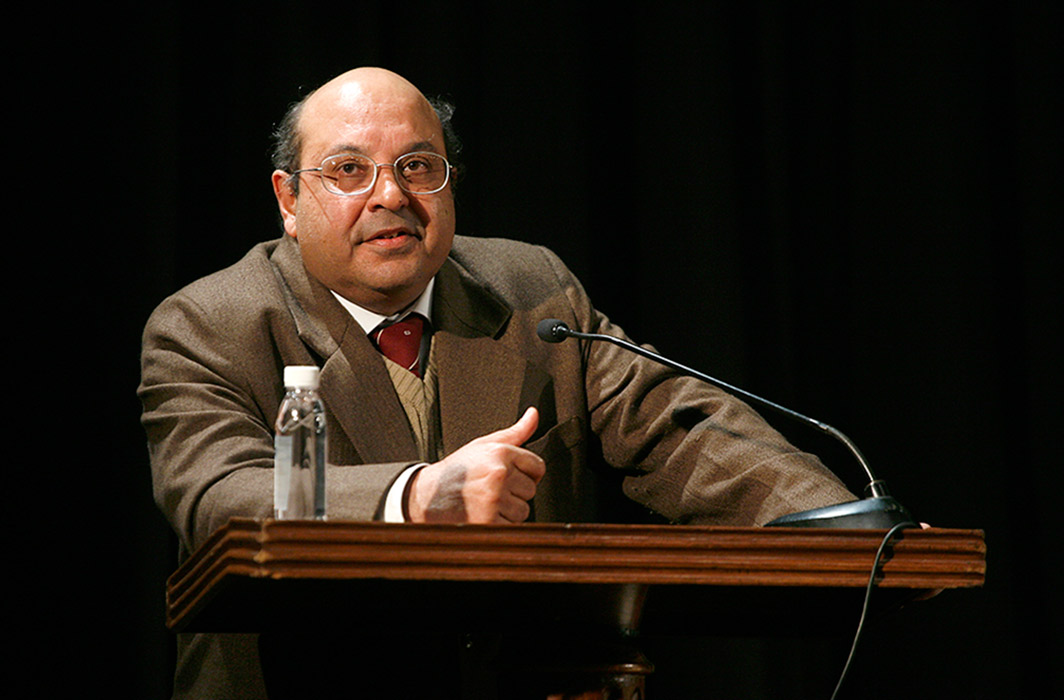Retired Supreme Court judge Justice Rohinton Nariman has said that attempts have been made in the past twice to undo the basic structure doctrine laid down in the Kesavananda Bharati case, but have failed miserably.
Delivering the 7th MC Chagla Memorial lecture on ”A tale of two constitutions, India and the United States” in Mumbai, the eminent jurist said on Friday that the doctrine, which was first used by minority judges, was here to stay.
Justice Nariman said that the doctrine, which barred Parliament from amending or altering the basic structure of the Constitution, was an extremely ‘important’ weapon in the hands of judiciary and has been used a number of times to ‘check’ an executive when it acted ‘beyond’ the Constitution.
He said this, while responding to the remarks made recently by Vice-President Jagdeep Dhankar stating that courts had no right to dilute parliamentary sovereignty.
The event was organised by the Department of Law, Mumbai University and Chief Justice MC Chagla Memorial Trust.
The retired Supreme Court judge said that amendments to the Indian Constitution were easier than amendments to the American Constitution. In the last 250 years, only 27 amendments have been made to the US Constitution, while India has witnessed over 100 amendments to the Constitution in the last 74 years.
However, he said that unlike the United States, a minimum of five unelected judges were trusted with the interpretation of the Constitution in India. One such interpretation was on the supremacy of the Constitution, ruled by the Apex Court in the Kesavananda Bharati case.
Once those five or more judges have interpreted that basic document (Constitution), it was the bounden duty (of Ministers) as an authority under Article 144 to follow it, observed Justice Nariman, while responding to the recent remarks made by Law Minister Kiren Rijiju on the subject.
Justice Nariman said the first attempt to overturn the basic doctrine judgement was made by a ‘pliable’ Chief Justice during the emergency, who constituted a 13-Judge Bench to do the same.
He said eminent jurist Nani Palkhivala then convinced eight of the 13 Judges that this Bench was wrongly constituted for the sole purpose to undo Kesavananda and the basic structure. The first attempt, therefore, failed, he added.
He said the second attempt was made through the 42nd Amendment, which added two sub-articles to Article 368 of the Constitution, stating that the courts could not touch a constitutional amendment on any ground.
The amendment was challenged in the Minerva Mills case and struck down by both majority and minority judges, added the former Supreme Court judge.
He said a Constitutional Bench should be constituted by the Supreme Court to iron out all issues regarding the appointment of judges within a set time-frame and the government’s silence after a certain period should be treated as deemed acceptance.
Stressing on independence of Judges, Justice Nariman said that without independent and fearless judges the judiciary would fall and the country would enter into a new dark age.


